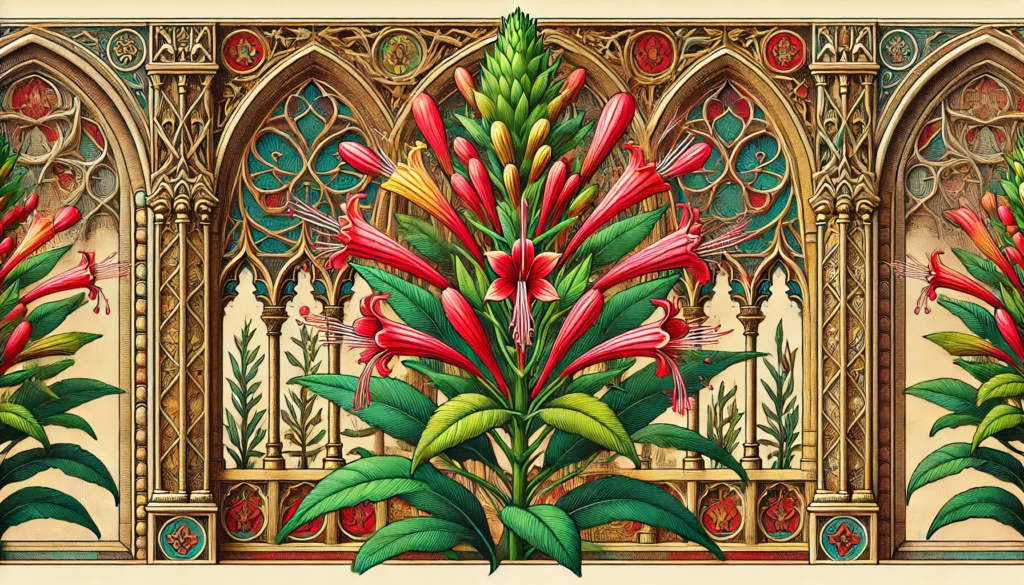

Home » Cat Plants » Can the Indian Pink Plant be Harmful to cats?

Indian Pink, also known as cardinal flower or lobelia, is a flowering plant native to the Americas. While beautiful with its vibrant red flowers, Indian Pink is in fact toxic to cats. The plant contains an array of pyridine alkaloids, most notably lobeline, which act upon a cat’s body in a similar fashion to nicotine.
Indian Pink is commonly found in wet soil such as marshes, stream banks, bogs, swamps, and damp wooded areas across eastern and southwestern United States.
Ingestion may cause mild gastrointestinal upset, but is generally not life-threatening.
Ingestion can result in mild symptoms like vomiting, diarrhea, or drooling. Rarely fatal but may require veterinary care.
Eating these plants can lead to more pronounced symptoms like abdominal pain, lethargy, or difficulty breathing. Veterinary intervention may be necessary.
Ingesting even small amounts can cause severe symptoms like organ damage, seizures, or cardiac failure without rapid treatment.
All parts of these plants are extremely poisonous to cats and can quickly lead to death, even with immediate veterinary care.
** Please note: Please note that toxicity level can vary based on the amount ingested and the specific cat. It's always best to keep these plants completely inaccessible to cats and seek immediate veterinary care or call the poison hotline if you suspect your cat has ingested any part of a toxic plant.
If a cat ingests any part of the Indian Pink plant, especially the flowers where the toxin concentration is highest, they may experience a range of symptoms. Initially, signs may include gastrointestinal upset like:
As the toxicity progresses, the cat may show neurological symptoms such as:
In severe cases, difficulty breathing, seizures, coma, and even death can occur due to respiratory paralysis and cardiovascular collapse. Prompt veterinary treatment is critical.
If you suspect your cat has ingested Indian Pink, seek immediate veterinary care. To diagnose plant toxicity, your vet will:

A: Yes, the Indian pink plant is poisonous to both animals and humans. Its toxic properties, which include alkaloids similar to nicotine, can cause symptoms ranging from nervousness to more severe reactions.
A: The lily is the most toxic flower to cats, affecting various parts such as petals, pollen, leaves, and stems. Ingesting any part of a lily can lead to severe kidney failure in cats, making it extremely hazardous.
A: If your cat ingests Indian pink, contact your veterinarian immediately. Early intervention is crucial to prevent severe symptoms and ensure your cat’s safety.
Indian Pink earned its common name “cardinal flower” as early as the 1620s when Canadian explorers noted the similarity between its scarlet red flowers and the red vestments worn by Roman Catholic cardinals. The plant was quickly introduced to European gardens where it gained popularity by 1629.
Native Americans used Indian Pink roots to brew medicinal teas for treating respiratory conditions like bronchitis and asthma. However, the plant’s medicinal uses have fallen out of favor due to its toxic effects at higher doses.
Please note: The information shared in this post is for informational purposes only and should not be considered as veterinary medical advice.
🐾 A hilarious or heart-melting cat video
🐾 Our latest paws-on review of a cool cat toy